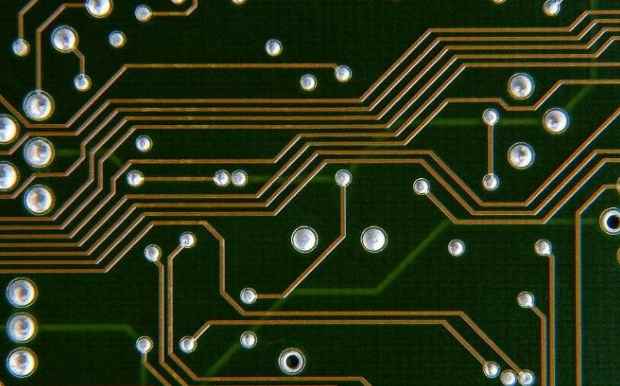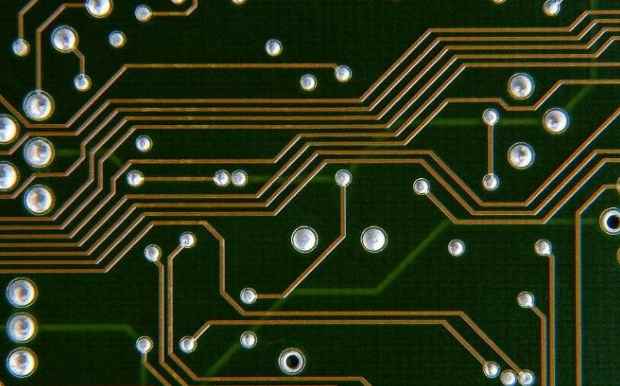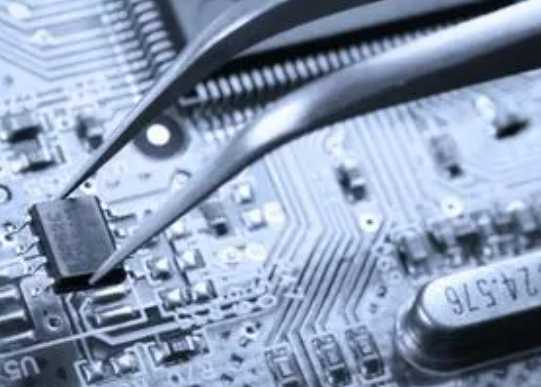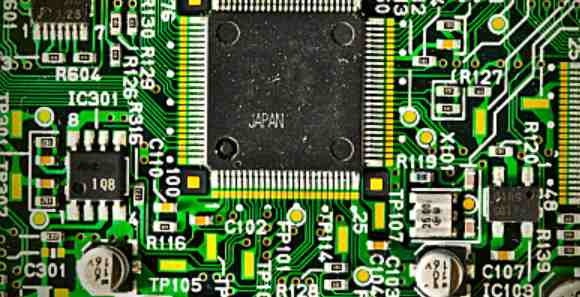
Layout is one of the most basic skills of PCB design engineer. The quality of the wiring will directly affect the performance of the whole system, most of the high-speed design theory will be finally realized and verified by Layout, so it can be seen that the wiring is very important in the design of high-speed PCB. The following will be in view of the actual wiring may encounter some cases, analysis of its rationality, and give some more optimized routing strategy.
This paper mainly elaborates from three aspects: right-angle routing, differential routing and serpentine routing.
1. Right-angle routing
Right-angle cabling is generally required to avoid the situation in PCB wiring, and has almost become one of the standards to measure the quality of wiring, so how much impact will right-angle cabling have on signal transmission? In principle, right-angle routing will cause the line width of the transmission line to change, resulting in impedance discontinuity. In fact, not only right Angle routing, ton Angle, acute Angle routing may cause impedance changes.
The influence of right-angle routing on signal is mainly reflected in three aspects:
First, the corner can be equivalent to the capacitive load on the transmission line, slowing down the rise time;
Second, impedance discontinuity will cause signal reflection;
Third, EMI produced by the right Angle tip.

The parasitic capacitance due to the right Angle of a transmission line can be calculated by the following empirical formula:
C=61W(Er)1/2/Z0
In the above equation, C refers to the equivalent capacitance of the corner in pF, W refers to the width of the wire in inch, r refers to the dielectric constant of the medium, and Z0 is the characteristic impedance of the transmission line. For example, for a 4Mils 50 ohm transmission line (εr is 4.3), the capacitance of a right Angle is approximately 0.0101pF, and the resulting rise time change can be estimated:
T10-90% = 2.2 * C * Z0/2 = 2.2 * 0.0101 * 50/2 = 0.556 ps
It can be seen from the calculation that the capacitance effect caused by right-angle routing is extremely small.
As the line width of the right-angled line increases, the impedance here will decrease, and certain signal reflection will occur. We can calculate the equivalent impedance after the line width increases according to the impedance calculation formula mentioned in the section of transmission line, and then calculate the reflection coefficient according to the empirical formula:
Rho = (Zs - Z0)/(Zs + Z0)
Generally, the impedance change caused by right-angle routing is between 7% and 20%, so the maximum reflection coefficient is about 0.1. Moreover, it can be seen from the figure below that the impedance of the transmission line changes to the minimum within the length of W/2 line, and then recovers to the normal impedance after W/2 time. The time for impedance changes is very short, often within 10ps. Such fast and small changes can be almost ignored for general signal transmission.
Many people have such an understanding of right-angle cabling, believing that the tip is easy to emit or receive electromagnetic waves, generating EMI, which also becomes one of the reasons why many people think that right-angle cabling cannot be done. However, many practical tests have shown that right-angle routing does not produce significantly more EMI than straight-line routing. Perhaps the current instrument performance and test level limit the accuracy of the test, but at least it shows a problem that the radiation of right-angle line has been less than the measurement error of the instrument itself.
All in all, right Angle routing is not as terrible as it seems. At least in applications below GHz, any effects such as capacitance, reflection, and EMI are almost not reflected in the TDR test. The high speed PCB design engineer should still focus on the layout, power/ground design, wiring design, hole through and other aspects. Of course, although the impact of right-angle wiring is not very serious, but it does not mean that we can walk right angles in the future, attention to detail is the basic quality of every excellent engineer, and, with the rapid development of digital circuits, PCB engineers processing signal frequency will continue to improve, to more than 10GHz RF design field, These little right angles can be the focus of high-speed problems.
2. Differential routing
Differential Signal is more and more widely used in the design of high-speed circuits. The most critical signals in circuits often use differential structure. Why is it so popular? How to ensure its good performance in PCB design? With these two questions in mind, let's move on to the next part of the discussion.







